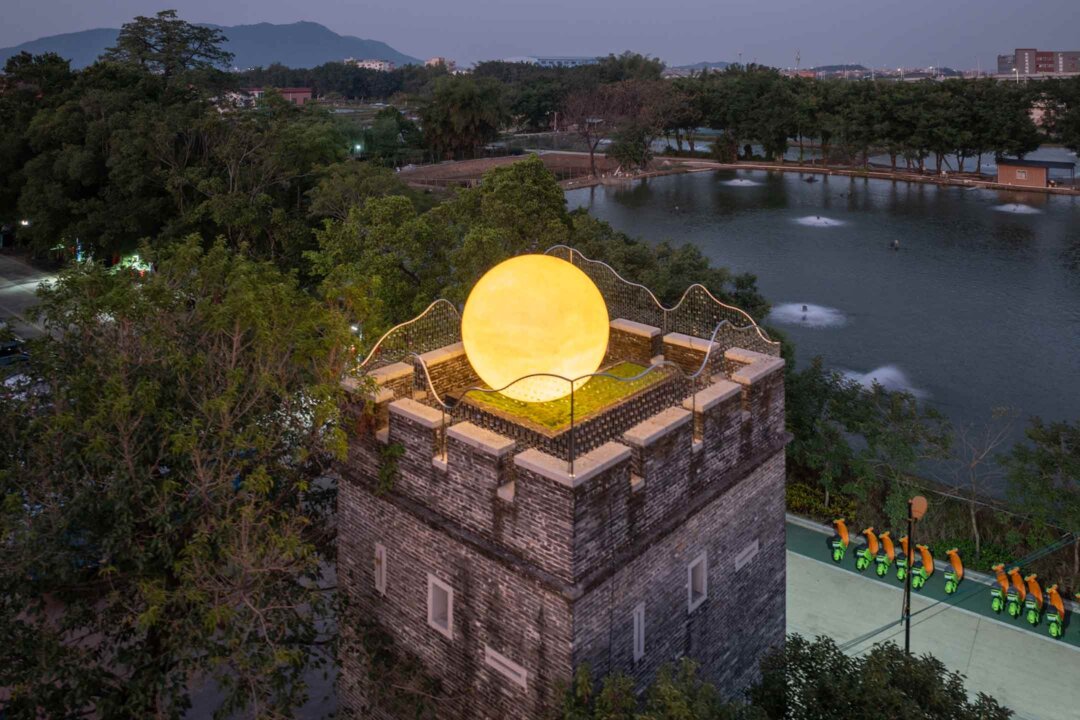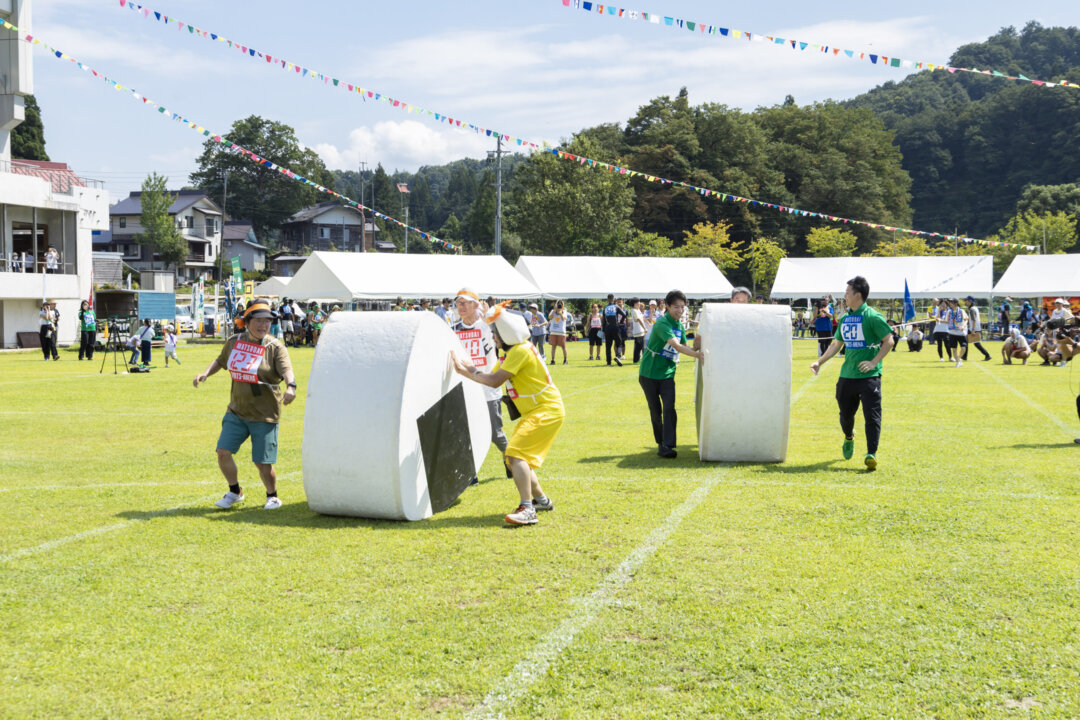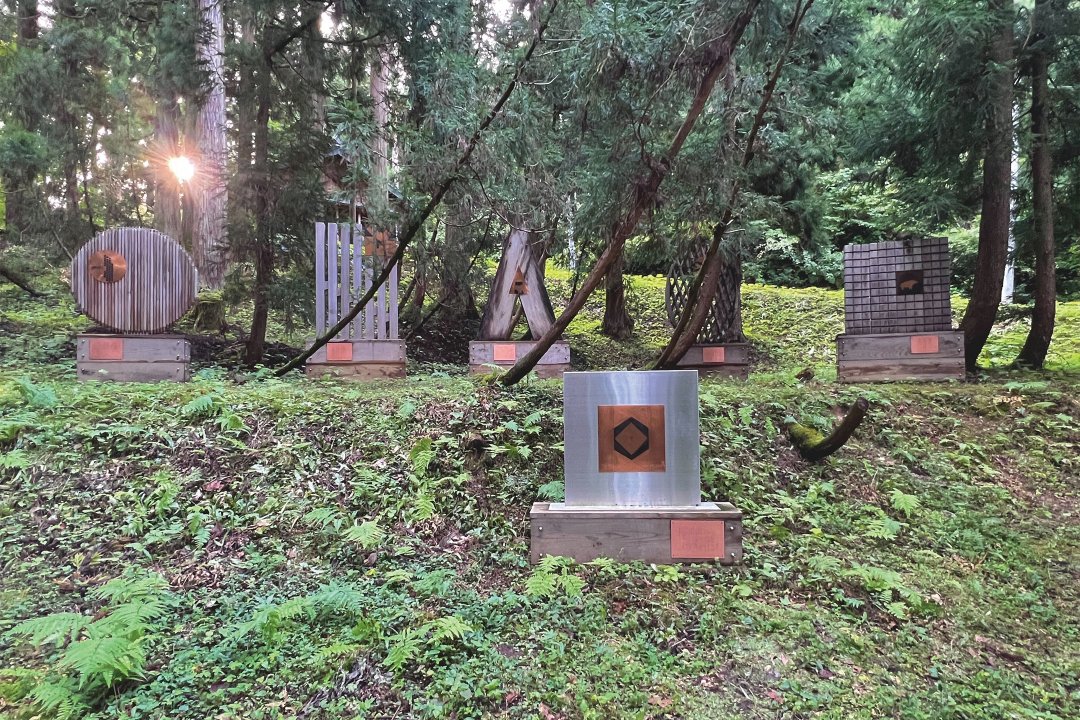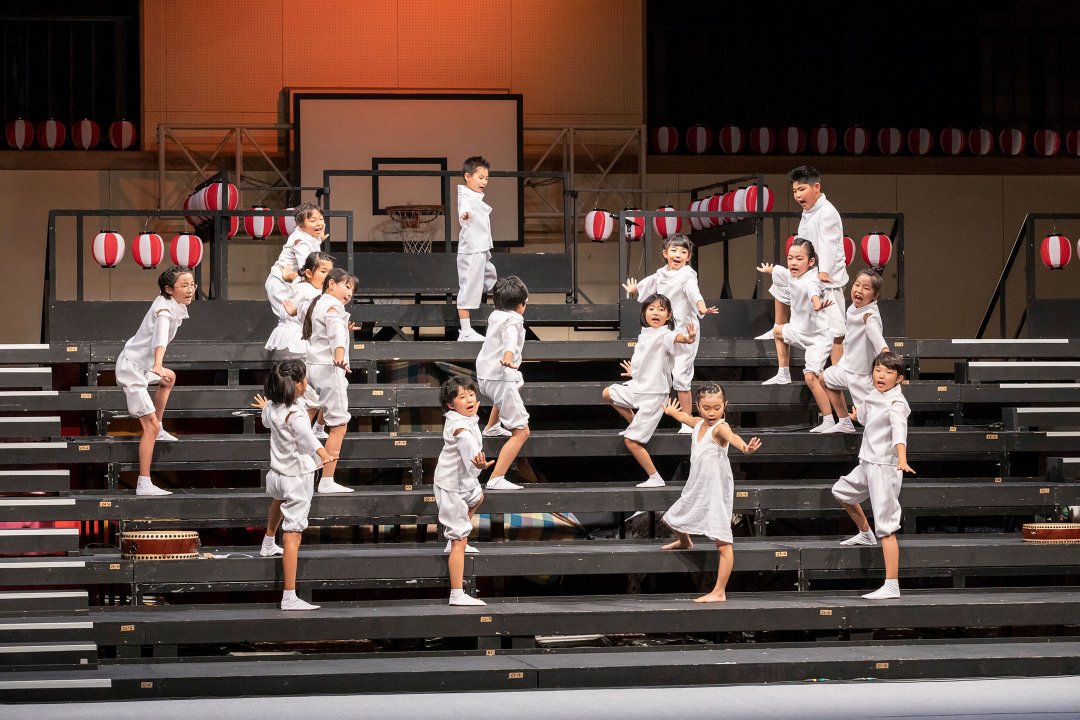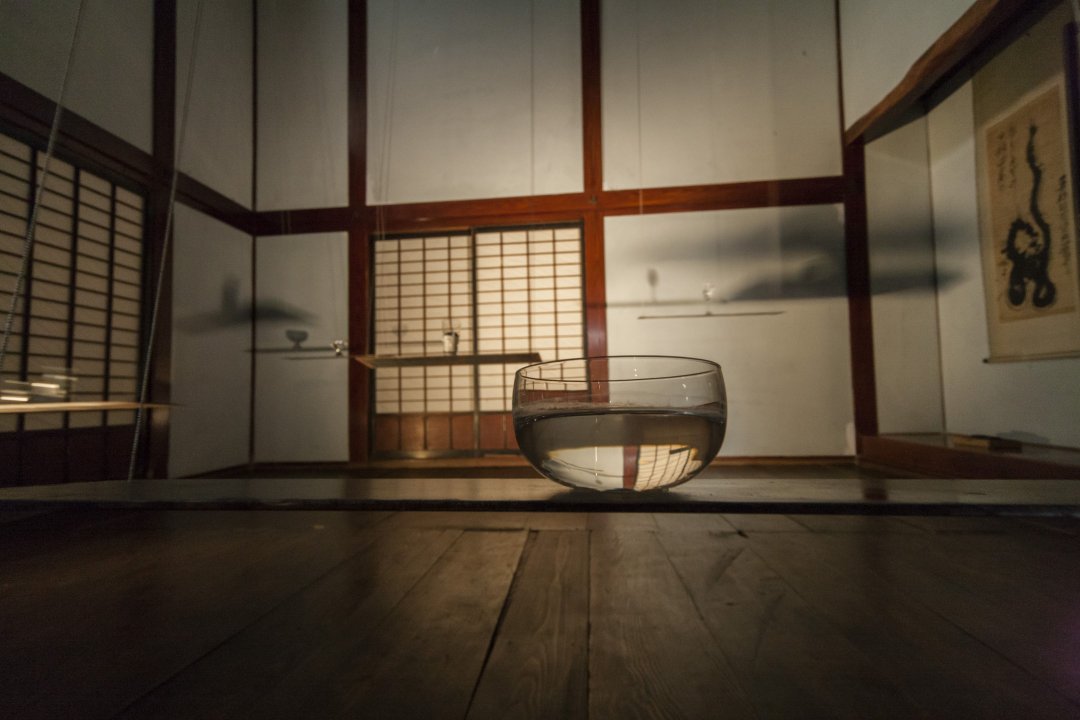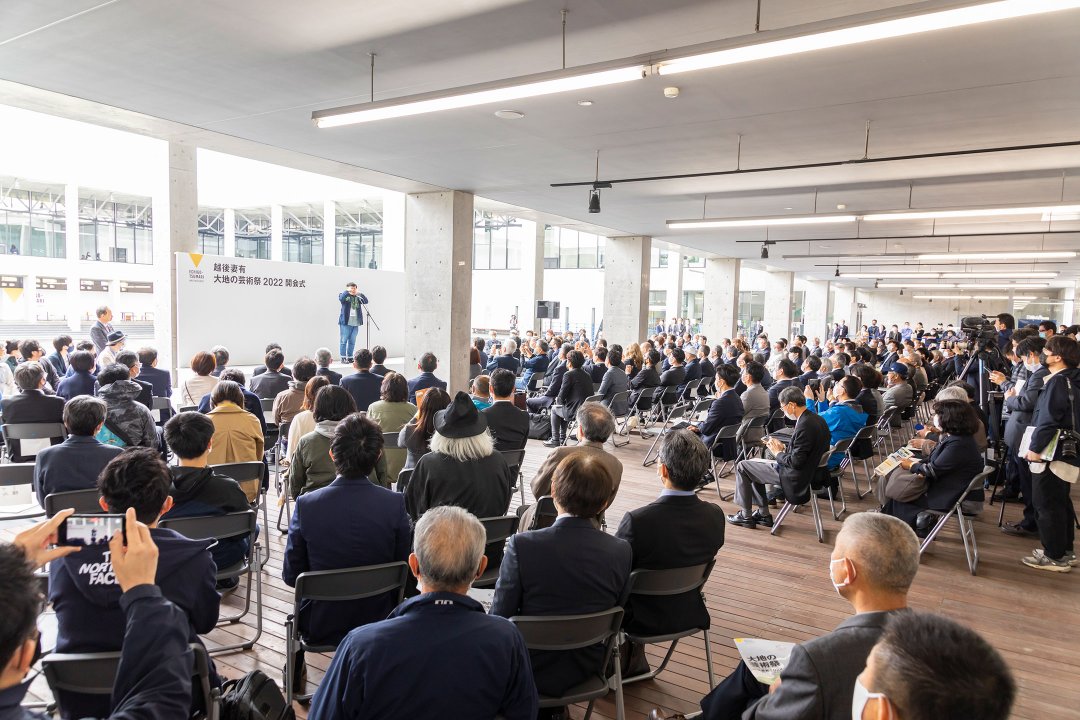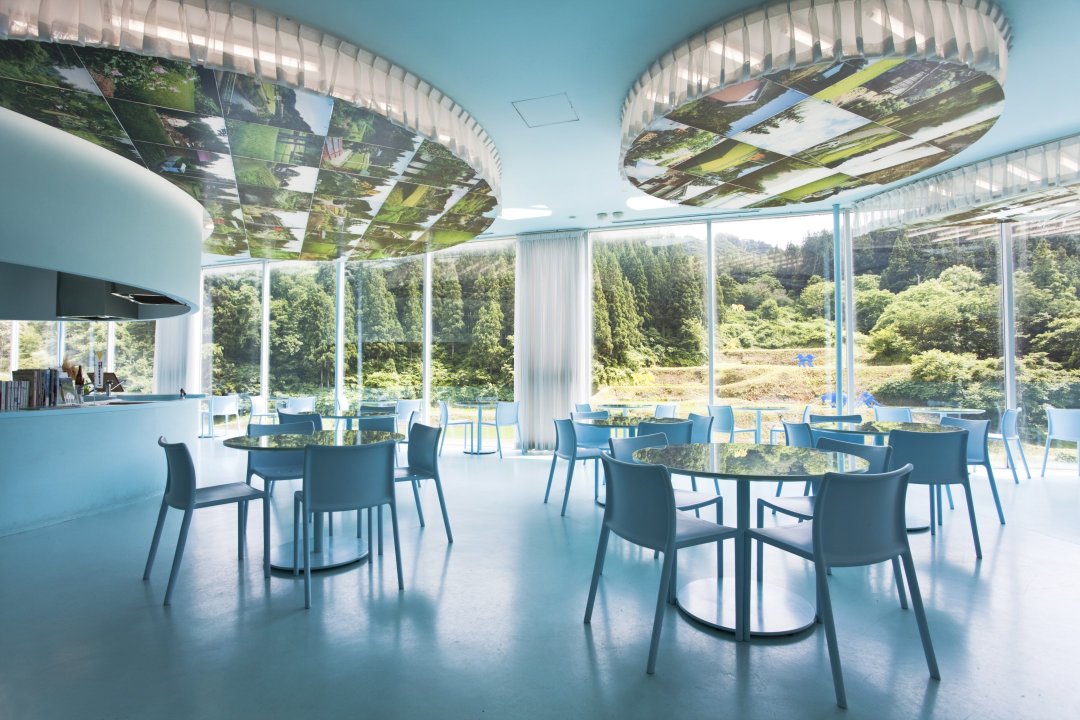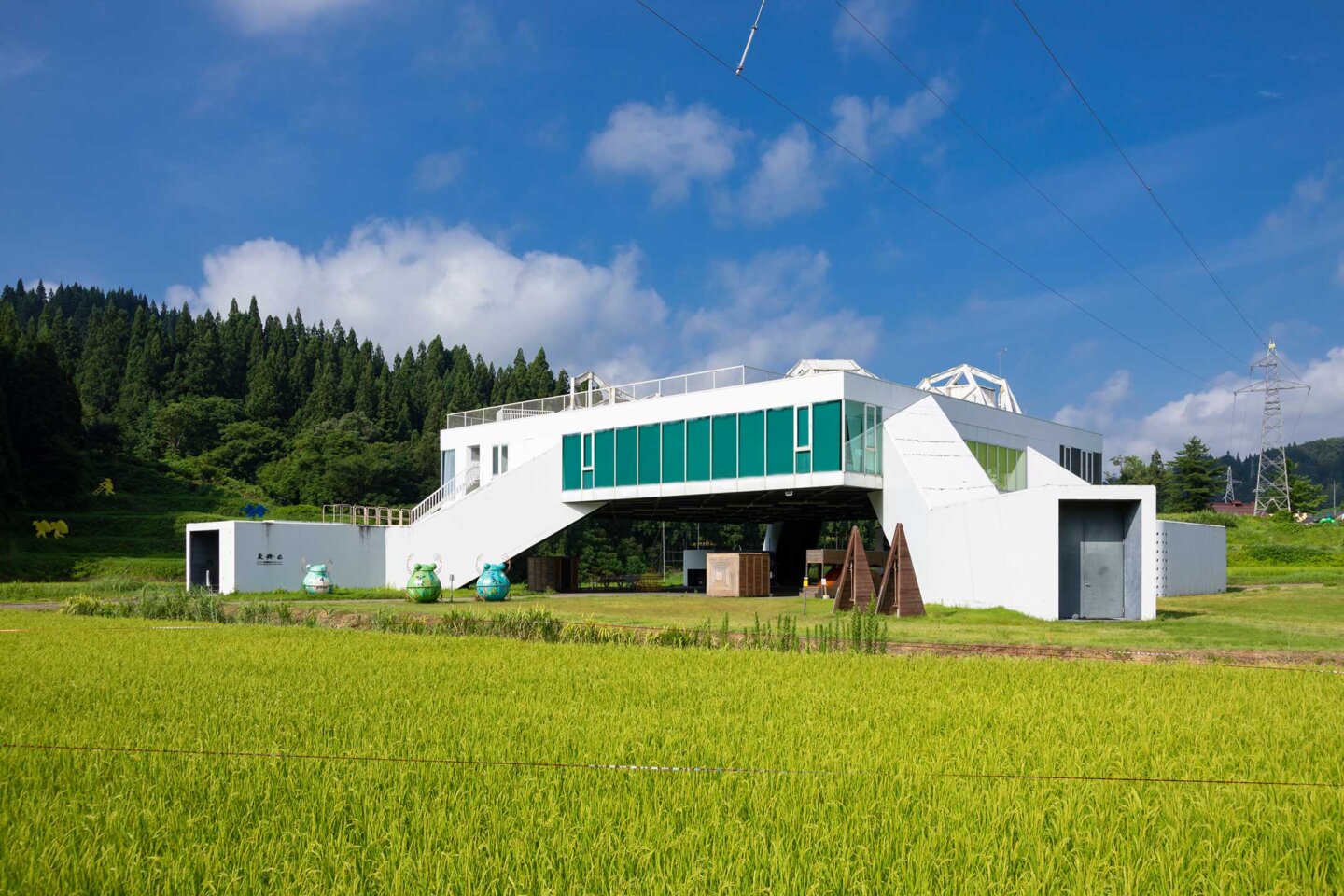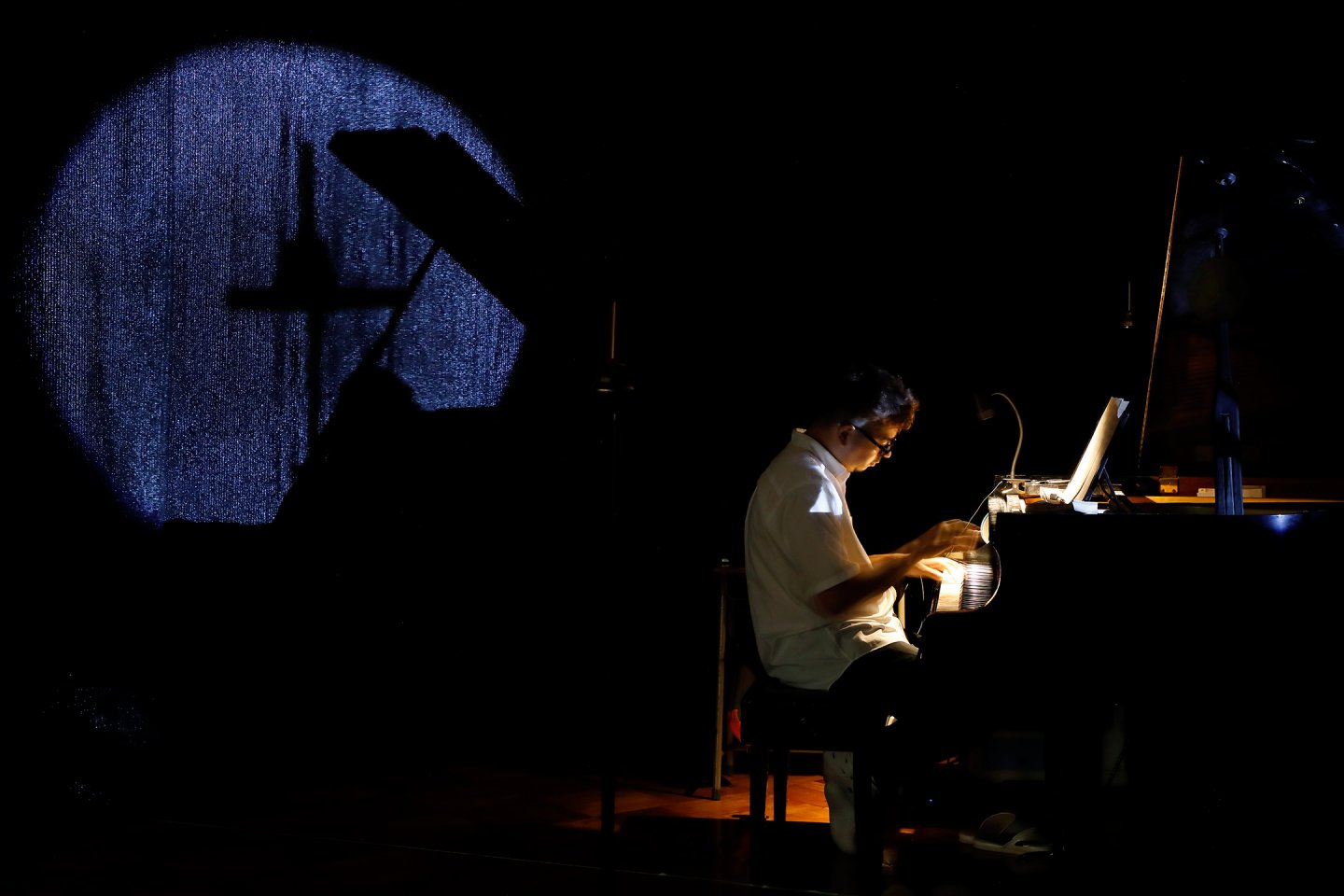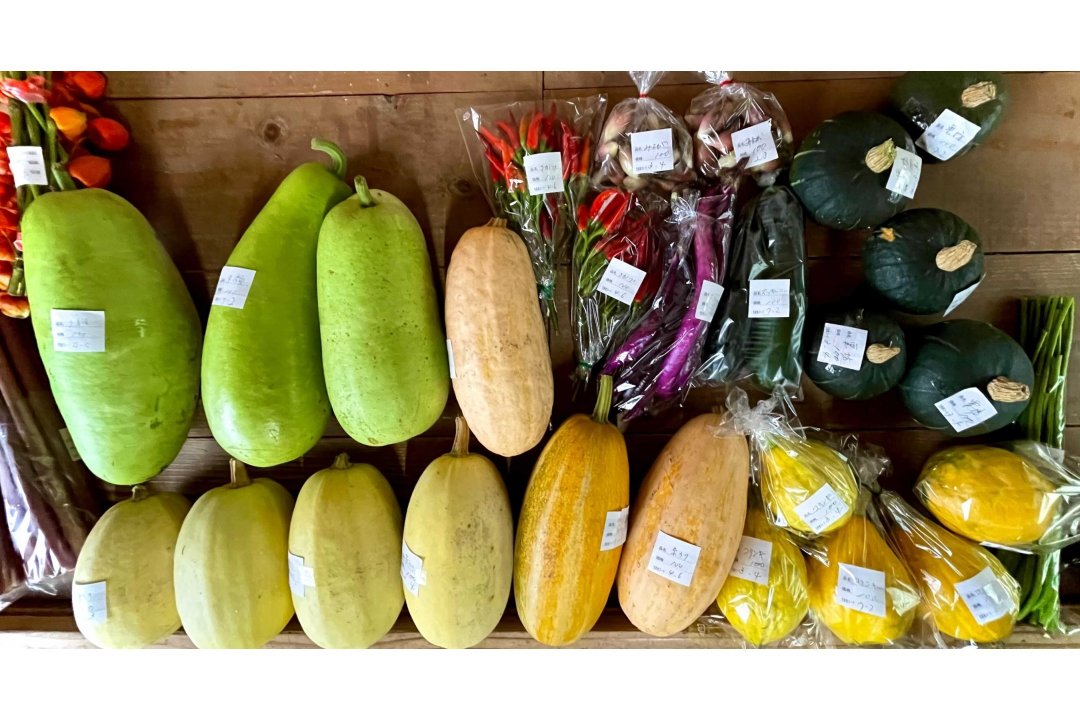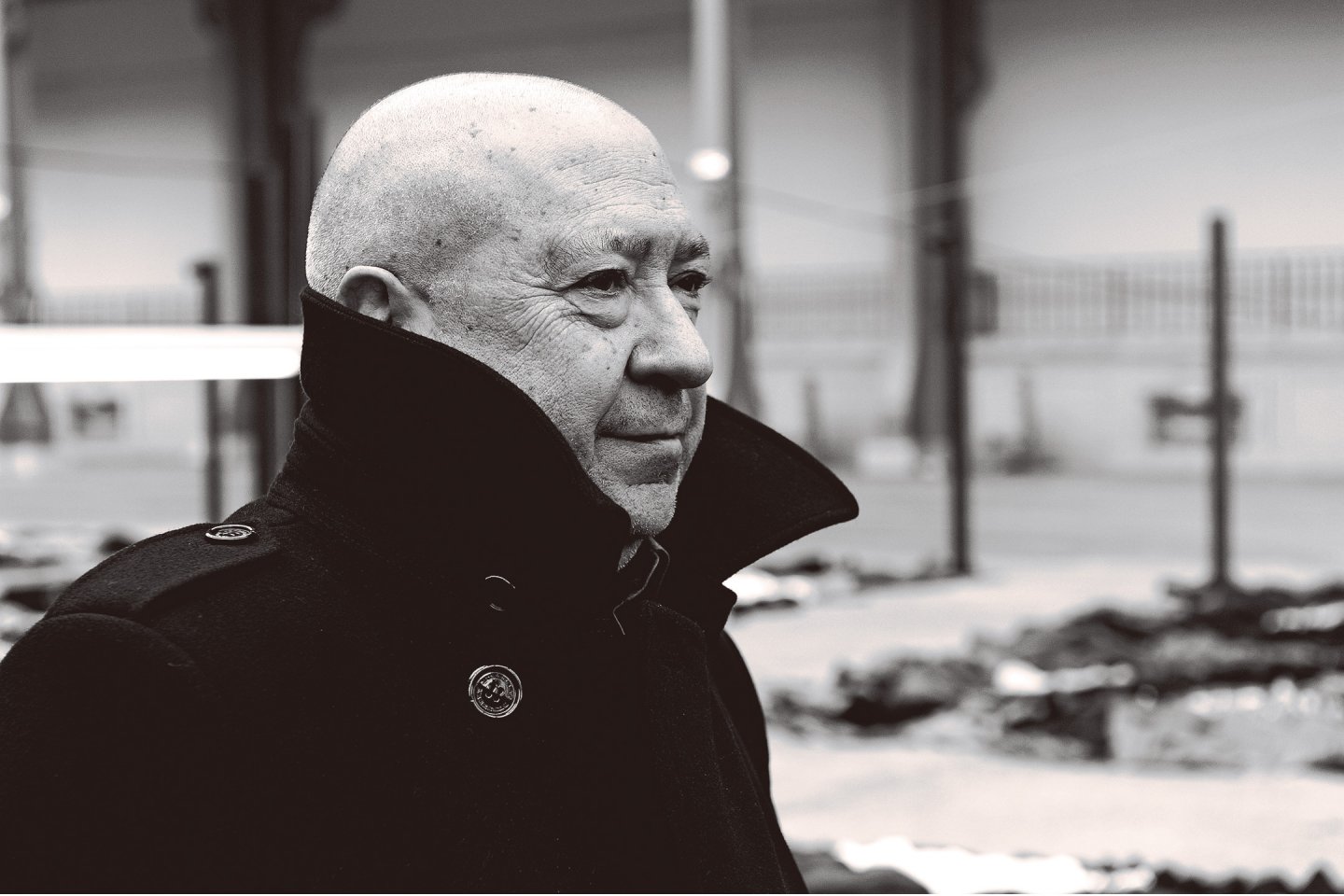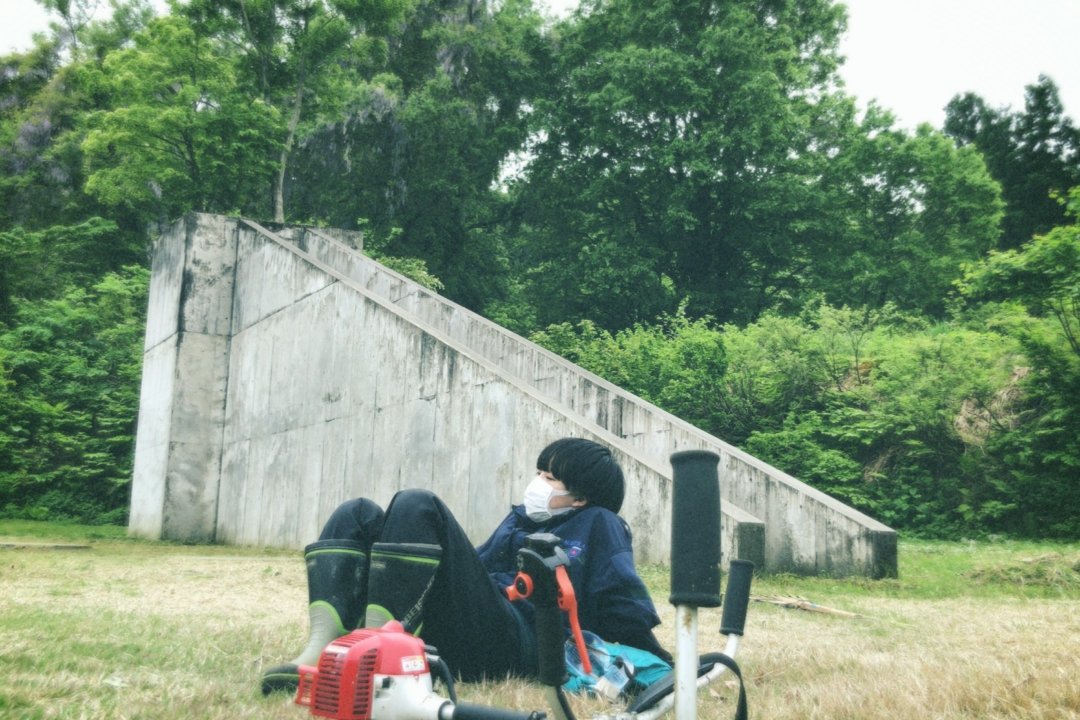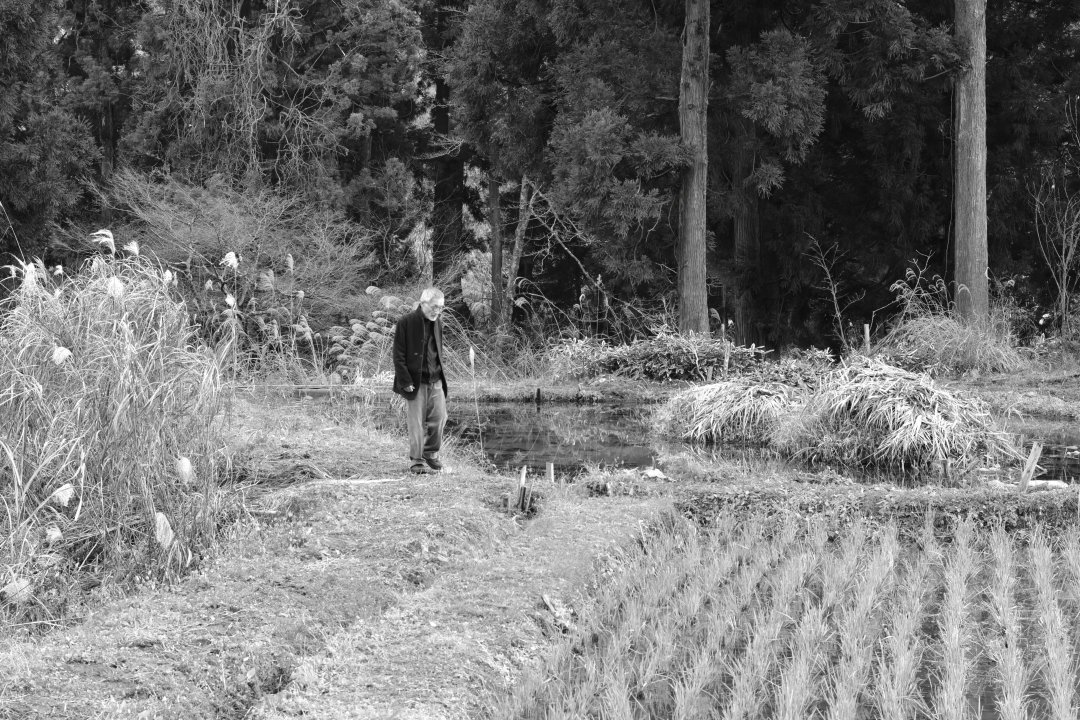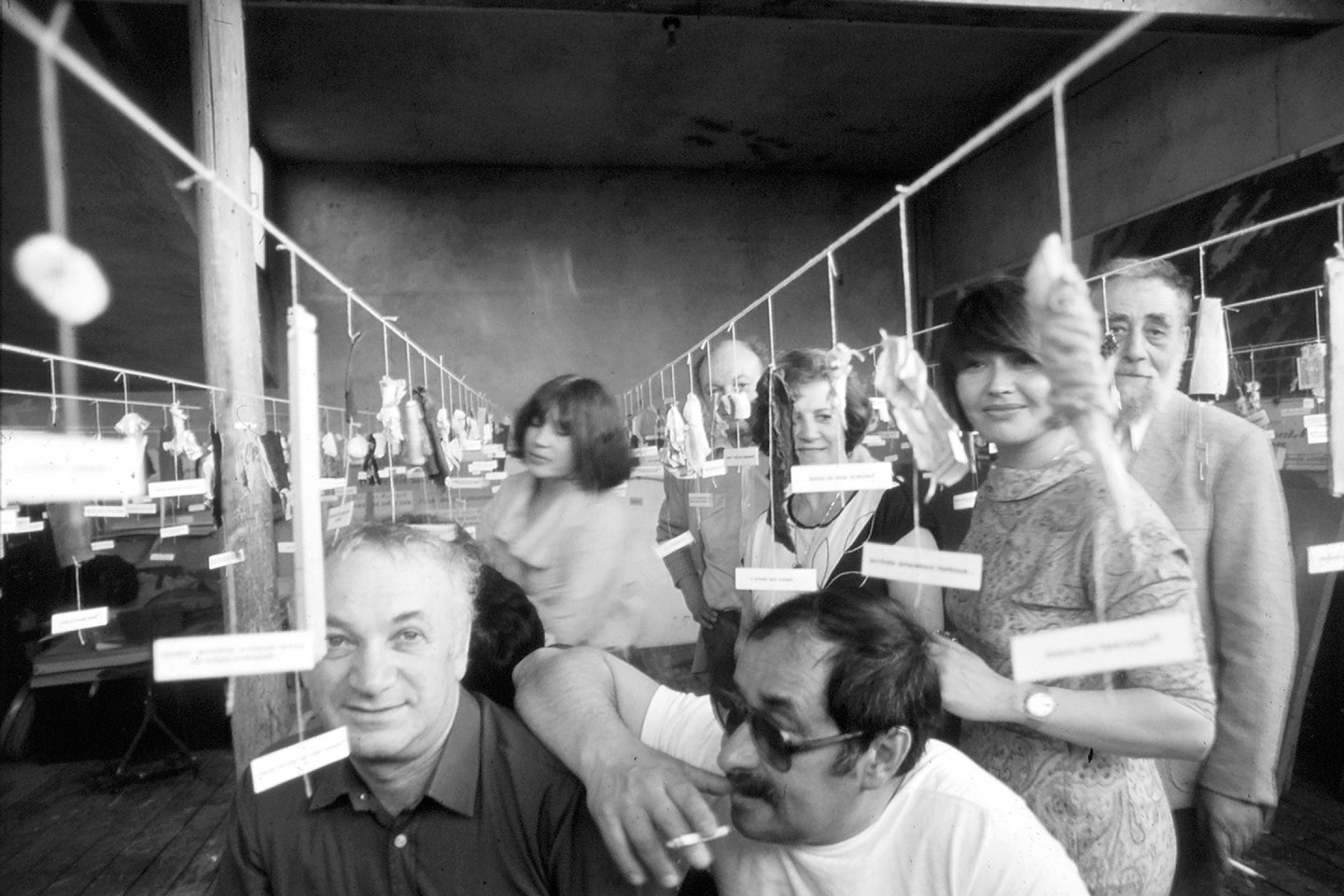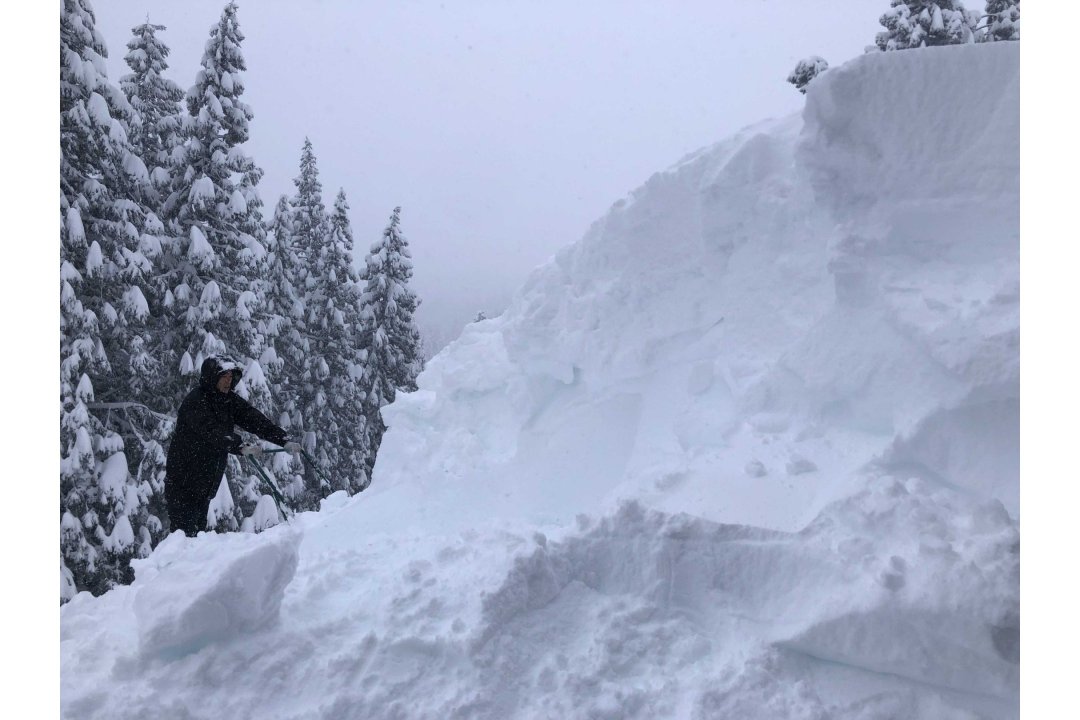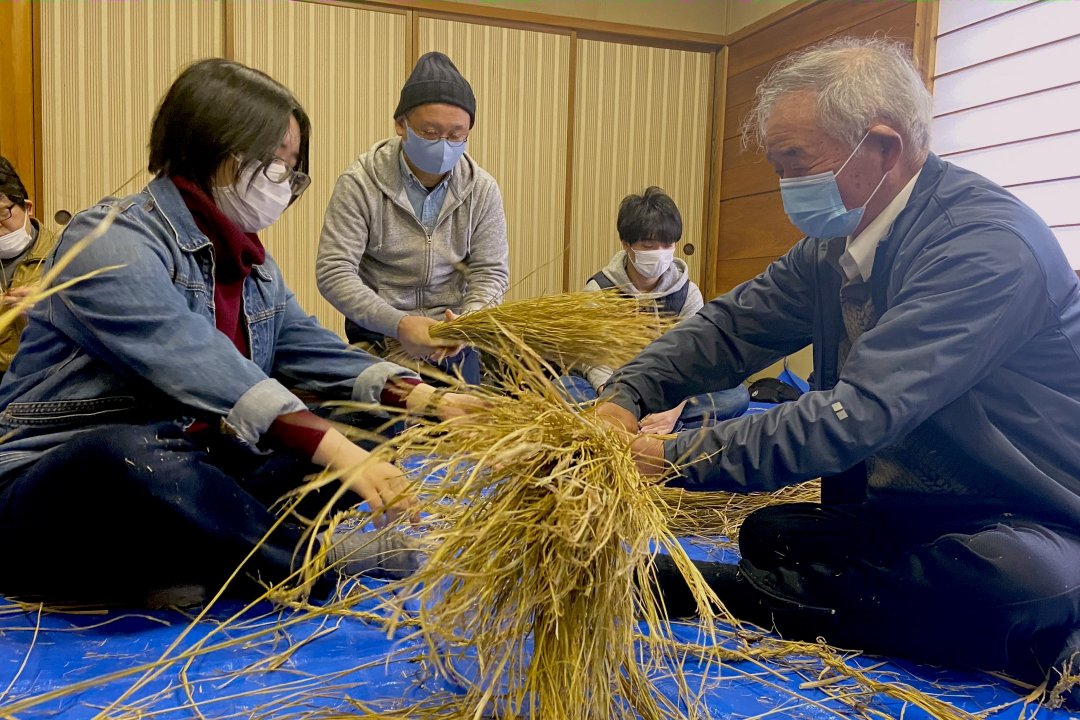Thinking 21st century art in the world from Niigata
Echigo-Tsumari Art Field - Official Web Magazine
Feature / Director's Column, Vol.4
People’s sympathy can turn “ETAT” from a proper noun to a common noun
Fram Kitagawa ("Art from the Land" editor-in-chef / ETAT General Director)
ETAT reminds people of the Echigo-Tsumari region in Niigata. While many people have come to know about it now, the principal idea of the festival has the potential to reach out beyond the region and expand while making connections with various places. How does Fram Kitagawa, General Director of the festival see such a future?
Editor: UCHIDA Shinichi, MIYAHARA Tomoyuki, KAWAMURA Kei (CINRA.NET editorial team) Photo by TOYOSHIMA Nozomu / Translated by Miwa Worrall
04 March 2020
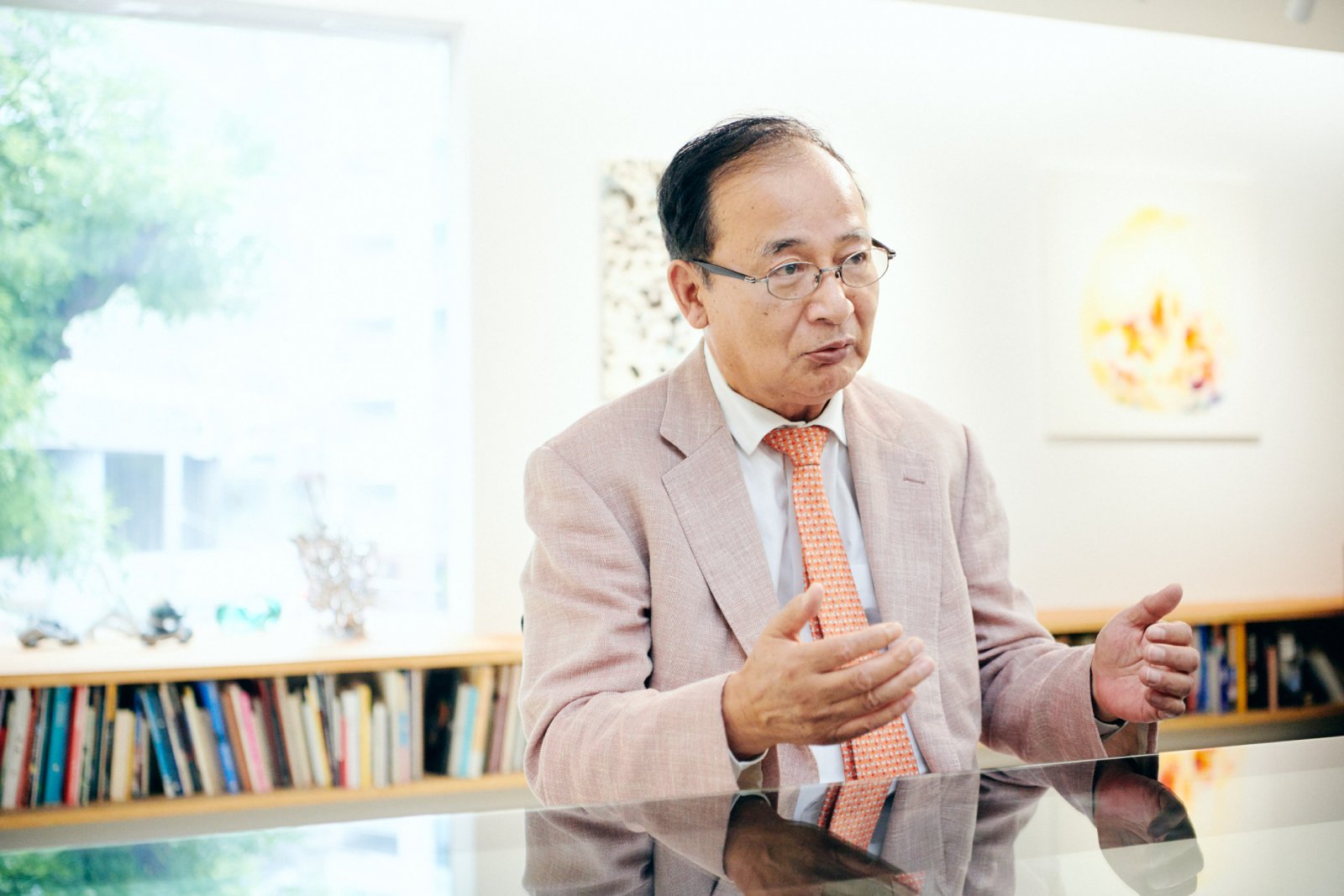
Potential of the word “ETAT”
I am pleased to say that ETAT reminds many people of Echigo-Tsumari as a result of the activities of the past 20 years. However, the word ETAT has potential to expand. Let me tell you what I mean.
The first time when the name “ETAT” was used outside of the Echigo-Tsumari region was at Kamikoani-village in Akita Prefecture. The ETAT2012 was remotely organised in the village. (1)
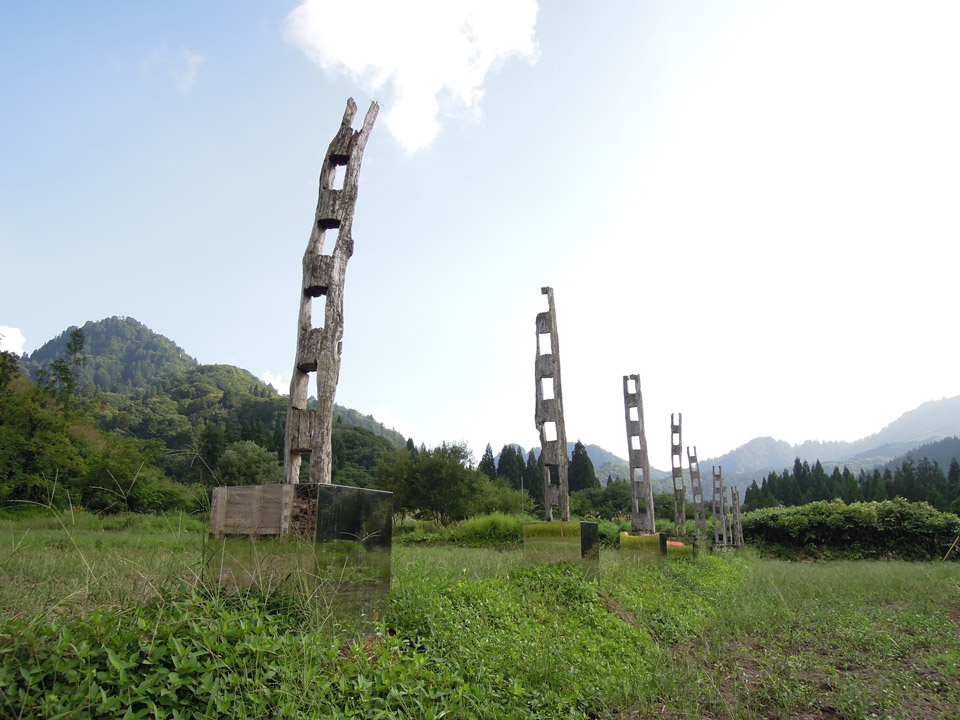
- ETAT was a trigger
“KAMIKOANI” by Masaya Shibayama was the work created for ETAT2009. He took the shape of a farm shed in Kamikoani village in Akita and built it in Nita village in Tokamacihi-city to facilitate exchange between two regions. During ETAT2012, KAMIKOANI Project Akita 2012 was held as a satellite event of ETAT2012 in Kamikoani village which has continued on as Kamikoani Project since then.
(Photo by Masaya Shibayama “Transfiguration – hasagake”. 2012
From KAMIKOANI Project Akita 2012, which was held as a satellite event of ETAT2012.
While Kamikoani village is known as a home of Matagi (traditional hunter community in Tohoku region), it is a depopulating and ageing region located in the midst of mountains. Although running the ETAT remotely in the village was not part of the original plan, it resulted in exchange of the two regions which face the same challenges. I have come to feel pleased about it now.
I believe that such incident implies that ETAT (“daichi no geijutsusai”) doesn’t just remain as a proper noun such as “Venice Biennale” or “Yokohama Triennale” and rather becomes a common noun that is based upon a certain idea. I have been saying it is good throughout and I do feel that such transformation has been actually happening.
As we wouldn’t want to see the name being used in an inappropriate way, we have registered it as a trademark just in case. However, I personally think that we should be willing to consider the potential of “ETAT” being used more widely as long as the idea behind the word is properly appreciated and shared.
In addition, we do see more and more initiatives that are allied with the agenda that ETAT has pursued. For example, there have been art festivals that present contemporary art while including art in life such as ikebana and ceramics as well as food culture. I can feel that we have been gradually making influence on various fields.
“Gimyou / Theater” by Koji Nakase, 2003, (photo by ANZAI)
Wishing to be a bridge that can connect beyond the boundaries of nation and culture
There are movements beyond borders. Australia appreciates the overarching concept of the ETAT, “human beings are part of nature” and has been sending artists and organising projects since the first festival. “Australia House” is a place to communicate information about the Australian art scene whilst it is also open for visitors to stay.
From China, HUBART lead by Sun Qian who was impressed by ETAT has been running China House project where artists from China stay in the region and create and present their works. (2)
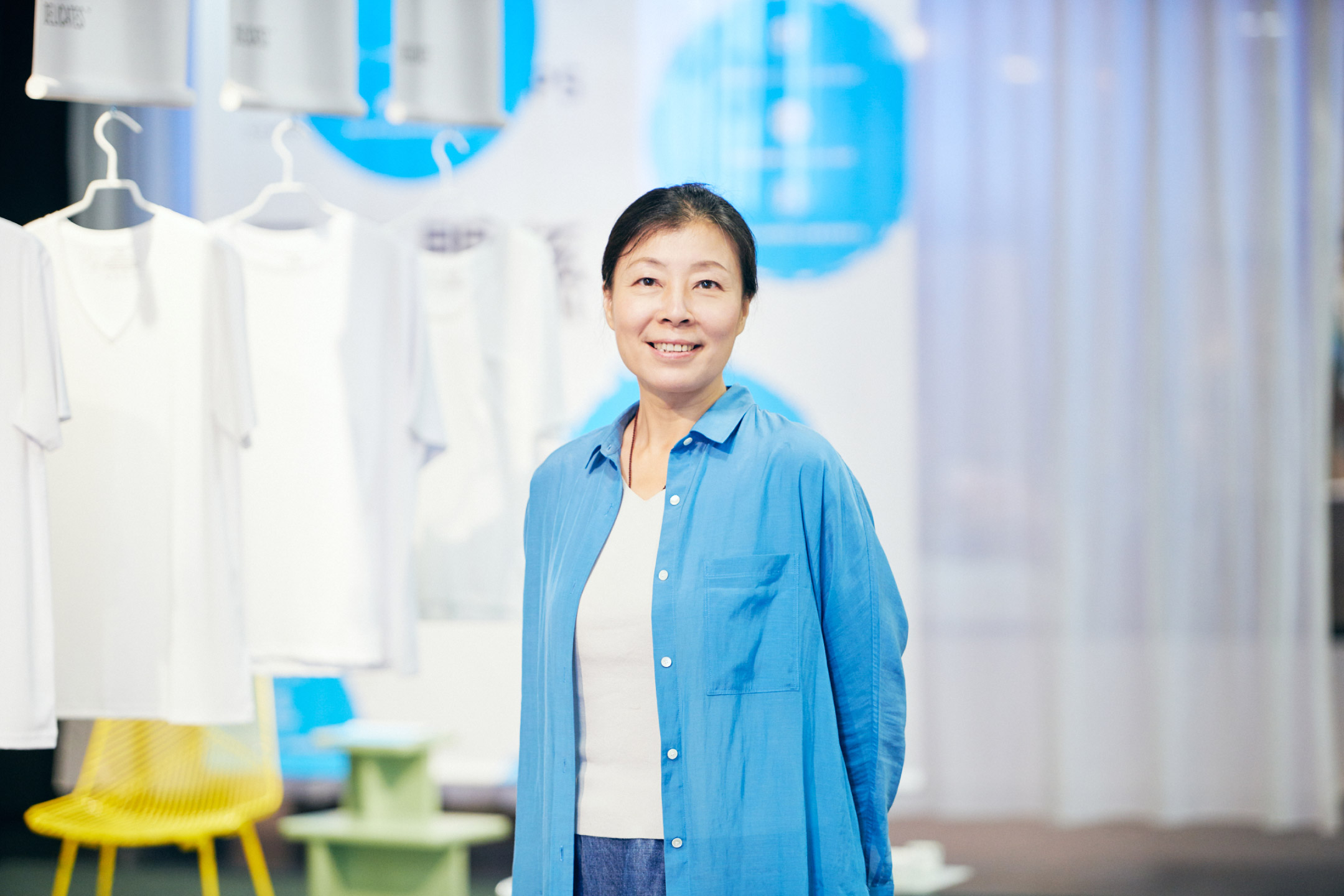
(2) Also read “Echigo-Tsumari Art Triennale”, a bridge for cultural exchange beyond borders” featuring HUBART board director, Sun Qian / Originator of China House
With support from Sun Qian and her team, we ran the press conference of ETAT in China for the first time in 2018. Sun was originally a big fan of ETAT who has been bridging visitors and artists from China. She has an aspiration to run ETAT in China in future.
After the press conference, I met other people than Sun who would like to realise ETAT in the present China. I have been communicating the agenda of ETAT through my books and a series of articles like this one and I have come to understand that there are many people who support the idea beyond Japan.
Of course China is a large country with over 50 different ethnic minorities and a population reaching 1.4 billion. How the country, society and politics and economics operate as well as its culture and set of values must be different from those of Japan. However, amongst those who are interested in ETAT, I have met quite a few who held a balanced perspective based upon deep understanding of their own society. They seriously consider the significance of organising the art festival and the future of their society.
It is natural to expect that an international art festival would increase the number of visitors from overseas and thus contribute to economic effects. However, these people do consider the other meaning of holding the art festival than that. While Japan has spent 150 years since the Meiji era or some 70 years since the end of the WWII on modernisation, it took only 40 years for China and 20 year for other countries in Asia to be modernised and globalised. When we think about our society under such circumstances, they seem to see an alternative potential in the art festival that is separated from changes in politics or economy.
"Warp cloud” by Damian Ortega, 2018 (photo by Osamu Nakamura)
From a place that is not “pre-determined acceptable domain”
ETAT poses a question on the set of values from a different perspective from uniform art education or operations which simply follow the art movements in the western art world. Not only does it attract artists from all around the globe, it also facilitates unique expressions that relate to the history and potentials of a place. And the fact that such an initiative has been practiced in this small regional city with the population of 50,000 people is what it makes so unique.
As a result it poses the question that “it should be possible to run it in a different place in the way that works for that place.” Other projects I have been involved with such as “Setouchi Triennale”, “Oku-Noto Triennale”, “Northern Alps Art Festival” and “Ichihara Art Mix” are not irrelevant to this Moreover, I do believe the degree of the influence we have made upon Japan as well as countries in Asia is not small. In recent years, Takafumi Fukasawa, the artist who has been engaging with ETAT, participated in “Thailand Biennale Krabi 2018” which took place in the southern part of Thailand. It is indeed possible to do something unique and interesting in each different place.
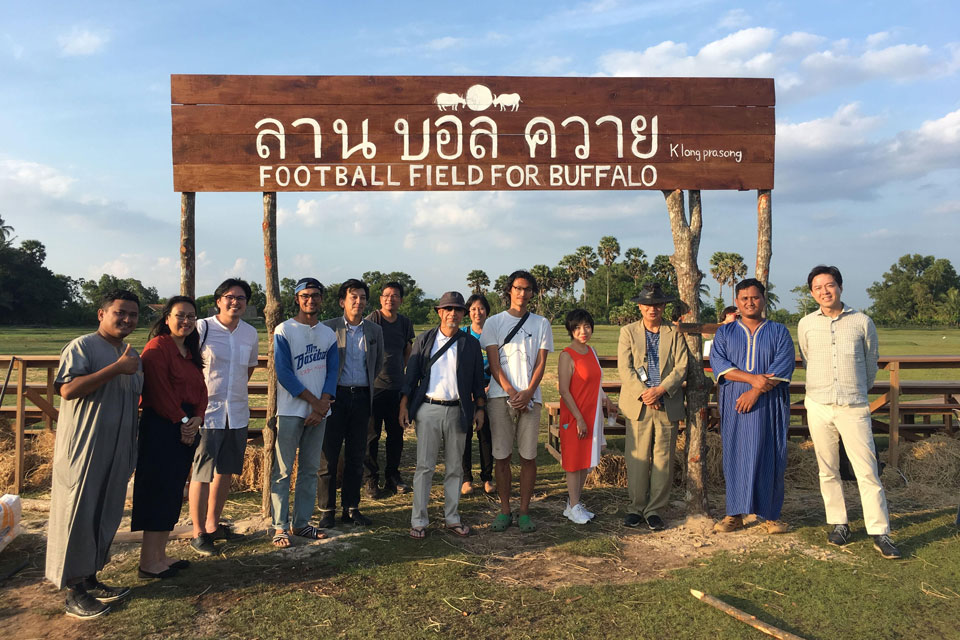
“Football field for buffalo” by Takafumi Fukasawa (photo, centre) for Thailand Biennale Krabi 2018”.
Taking these into consideration, I think it is important how an alternative movement can emerge from that which accords with a pre-determined acceptable format. I also believe that it should be developed in a different direction from that of simplification. For instance, we have gained the convenience of conveying “like” or “feeling happy” by using a heart-shaped icon in the internet community. However, this is like making a piece of music from a single note when we could use different notes over ten octaves to express ourselves. I hope that ETAT will be able to expand its role to play in these initiatives.
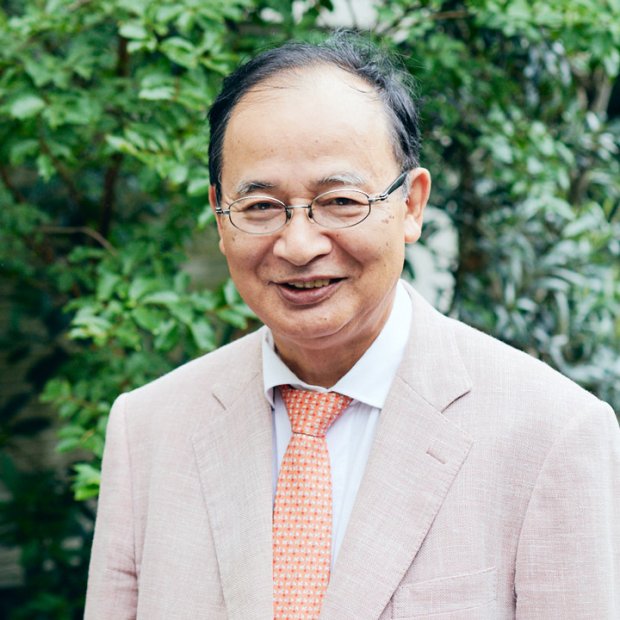
Profile
Fram Kitagawa
"Art from the Land" editor-in-chef / ETAT General Director
Art director, born in 1946 in Takada-city (current Joetsu-city) in Niigata Prefecture, Japan. He has been General Director of Echigo-Tsumari Art Triennale prior to its launch in 2000. He is the editor-in-chief of this web magazine, “Art from the Land”.






